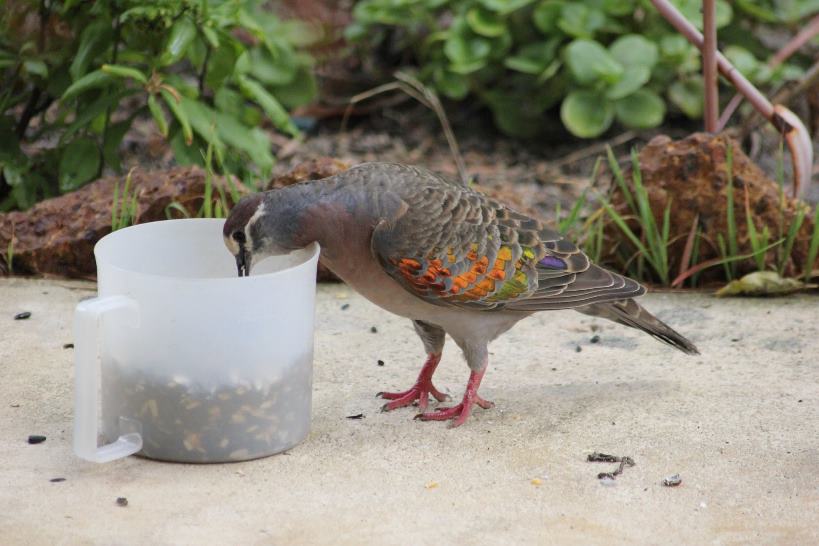The EMRC is partnering with Murdoch University's School of Veterinary and Life Sciences on the 'Healthy Wildlife Healthy Lives' - A One Health project, supported by Lotterywest.
A recent community engagement exercise conducted for the ‘Healthy Wildlife, Healthy Lives’ – A One Health Project has found that messages encouraging people to change the way in which they interact with native wildlife to reduce harm, underpinned with education, are most likely to resonate with the community. Messages telling people to stop certain behaviours, such as feeding wildlife inappropriate food, were unlikely to work.
The EMRC is partnering with Murdoch University’s School of Veterinary and Life Sciences on the ‘Healthy Wildlife Healthy Lives’ – A One Health project, supported by Lotterywest. ‘One Health’ is a worldwide initiative that recognises that the health of humans, animals and the environment are all directly linked. This will help the community interact positively with wildlife for the benefit of both.
The community engagement exercise involved an online survey, face-to-face surveys, and telephone interviews. Overall, 953 people participated in the project, with 882 responses to the online survey, 56 completed face-to-face surveys and 15 structured telephone surveys. The exercise found there is an appetite amongst the community to learn more about how to keep wildlife healthy, so that people can continue to enjoy native wildlife in a way that reduces harm. The exercise also revealed that people often don’t recognise that their behaviours are potentially harmful. The majority of people said they know you can harm wildlife by overfeeding them or providing food that is unhealthy. However, 152 people left food out for wildlife, 52 people hand fed them and 62 people left pet food where wildlife could access it (usually unintentionally). Nearly 17% of respondents didn’t know they could spread disease to wildlife. Another result showed that approximately half of people questioned left out water or a bird bath to attract birds.
A common theme identified for feeding wildlife was that people want to help wildlife survive in a world where they are increasingly threatened, or to compensate for the impact of human encroachment on habitat. Wildlife were also seen as being important to garden ecosystems. Interaction with wildlife was viewed as important to people as this improved their quality of life. These findings are consistent with previous studies into wildlife interaction with people.
The following messages were recommended for the project:
- Native wildlife is being put at risk by unintentionally harmful behaviour by humans.
- Healthy wildlife is an integral part of overall health and wellbeing in communities.
- There are simple changes that you can make, or things that you can do, to help protect native wildlife in your backyards.
